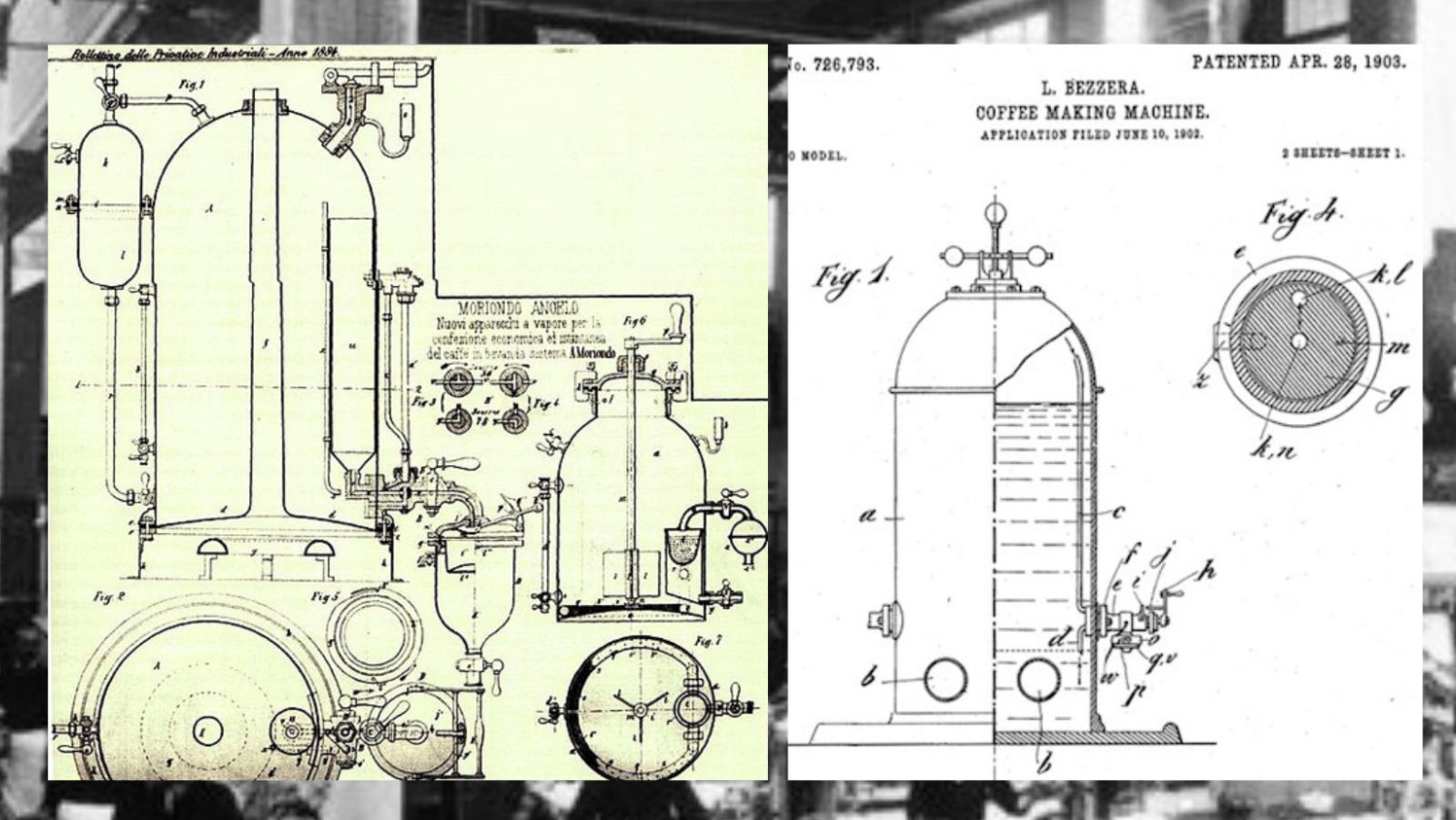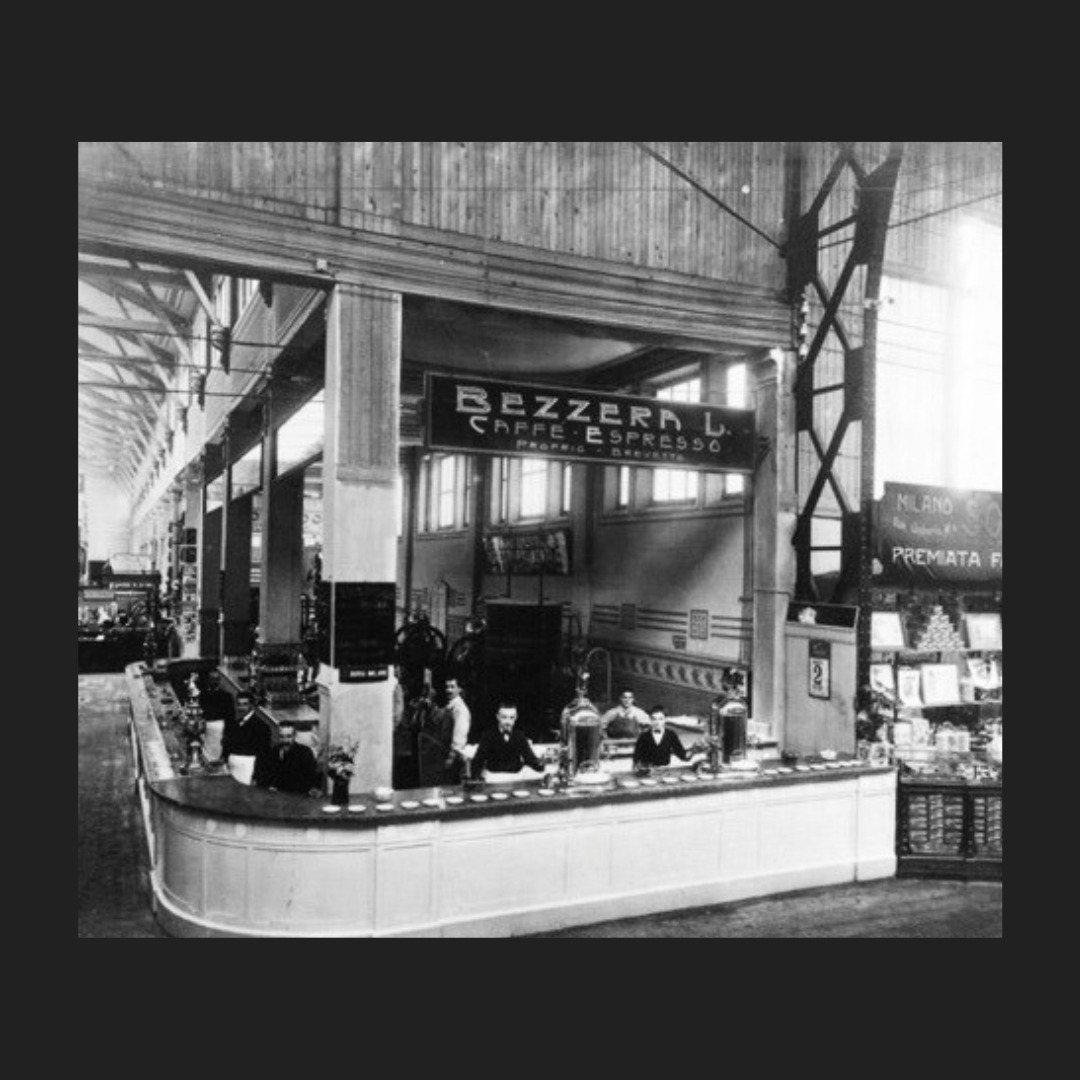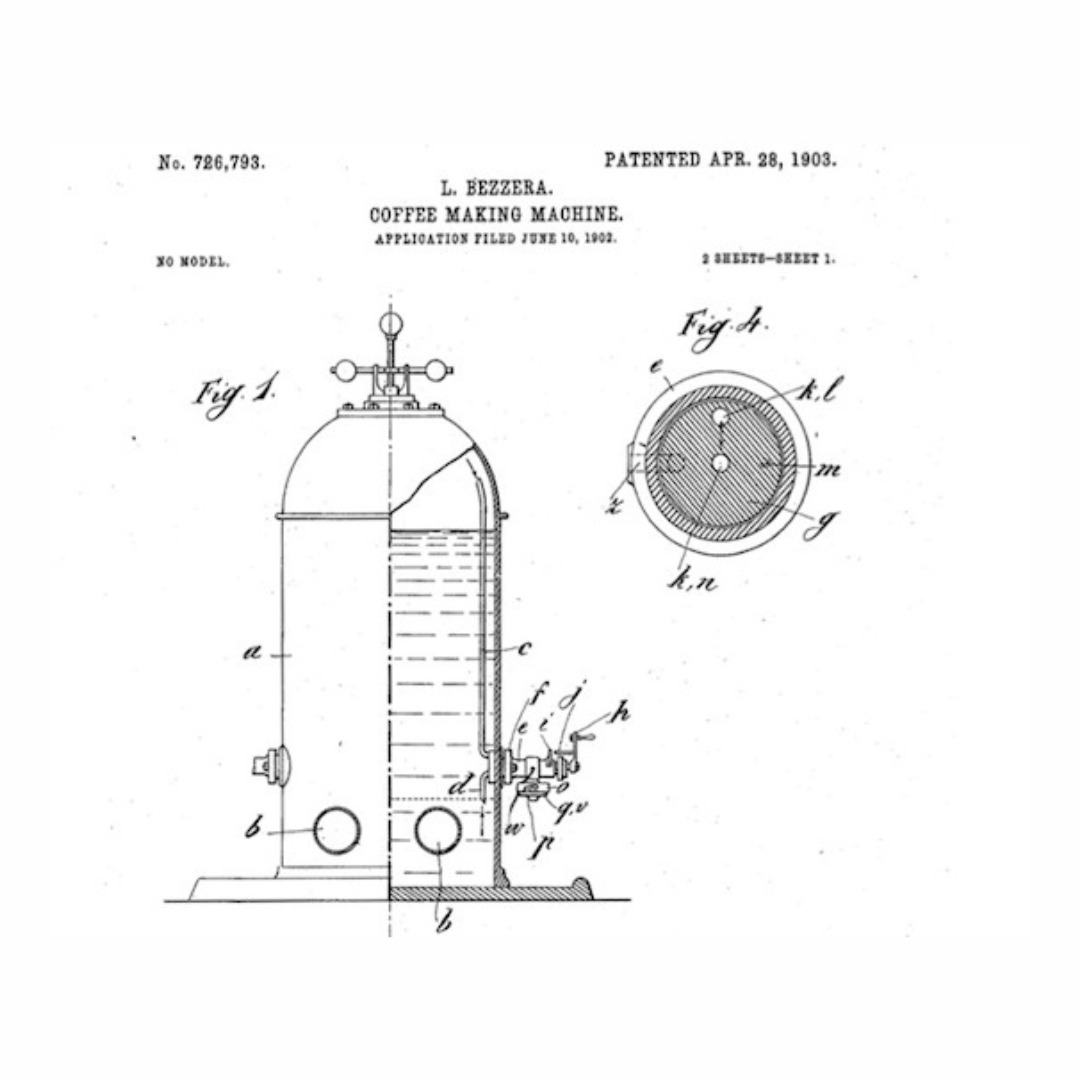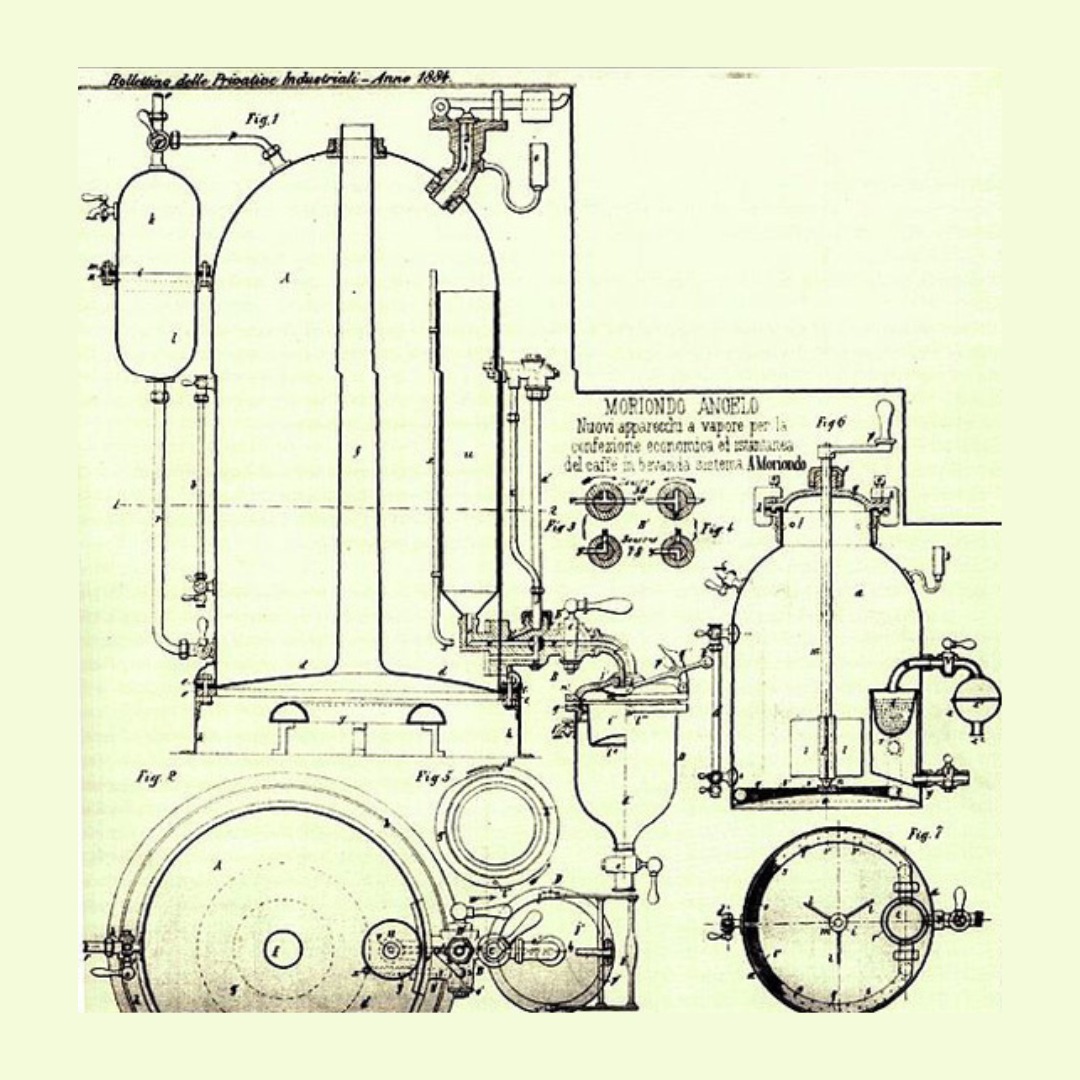-An article by Poojan Patel
In the quaint streets of late 19th-century Turin, where the aroma of slow-brewed coffee wafted through the air, an inventor named Angelo Moriondo embarked on a quest for caffeinated efficiency. Little did he know that his pursuit would birth a cultural phenomenon that would echo through the ages—espresso.
Moriondo’s ingenuity manifested in 1884 when he unveiled a steam-driven coffee machine, a contraption that defied tradition and birthed the essence of espresso. The machine’s innovation lay in its ability to force hot water through finely-ground coffee at pressure, birthing a quick, concentrated elixir that tantalized the taste buds.
As the tantalizing scent of this new creation spread, a Milanese mechanic named Luigi Bezzera stepped into the narrative. Bezzera refined Moriondo’s creation, introducing the concept of “espresso,” a term that encapsulated the expeditious nature of the brewing process. The elixir was no longer just coffee; it was a symphony of intensity and richness.
Enter Desiderio Pavoni, the visionary entrepreneur who recognized the commercial potential of this liquid gold. In 1903, Pavoni acquired Bezzera’s patent, founding “La Pavoni” and setting the stage for espresso’s grand entrance onto the global stage. No longer confined to the quaint cafes of Italy, espresso became a sensation accessible to the masses.
But the story didn’t end there. In the 1930s, the maestro of innovation, Achille Gaggia, took center stage. Gaggia’s lever-operated machine revolutionized the brewing process, elevating the pressure to 8-10 atmospheres and delivering an espresso with an unmatched intensity, crowned by a luxurious crema. The stage was set for the modern espresso machine, and the world was hooked.
Espresso’s popularity transcended the borders of Italy, seeping into the culture of other parts of Europe and North America in the 1960s and 1970s. It wasn’t just a beverage; it was a symbol of sophistication and a passport to a moment of indulgence.
Today, espresso graces cups in cafes, restaurants, and homes worldwide—a symbol of coffee culture and a testament to the perfect marriage of art and science. Illy’s precise definition captures the essence of this liquid alchemy, where hot water dances through seven grams of coffee, yielding not just a drink but a concentrated sensorial pleasure.From Moriondo’s steam-driven dreams to Gaggia’s atmospheric revelations, espresso has proven to be more than a drink. It’s a journey, a story, and a testament to the human quest for the perfect sip of liquid gold. So, raise your cup, and toast to the brilliance that is espresso—a journey from steam to sip that continues to captivate hearts and palates around the globe
















